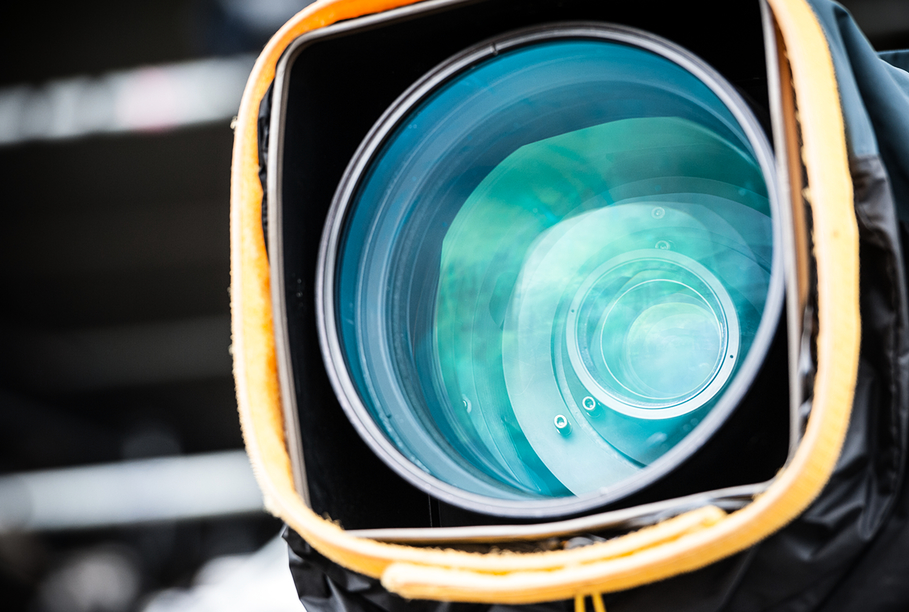When taking pictures or filming video in low lighting, the quality of a picture decreases. The University of Latvia (LU) Institute of Solid State Physics is working on innovative solutions for improving image quality. In the coming years, the methods developed in Latvia may be applied to telescopes around the world.
The institute's lead researcher, Varis Karitāns, said: “We face image quality challenges in many different areas of life. Also in fields of science, such as astronomy, where image quality is damaged by a wavy atmosphere. In biology, the image quality is damaged by dispersed tissue. The weather, too, can prevent you from seeing what is close to the horizon."
There are currently technologies in the world that allow great improvements in the quality of pictures, but they are relatively expensive or time consuming. The Institute of Solid Physics is working on an innovative approach using adaptive optics technologies, combined with mathematical techniques that quickly eliminate distortions in the image.
“As the light passes through the rain layer, it dissipates, a different light modulation occurs, if we measure this modulation, we can offset these distortions and, of course, see the objects more clearly,” explained Caritan.
Meanwhile, researcher Sergejs Fomins noted: “Deformable mirrors are used in adaptive optics to correct turbulence. By its very nature, it is a smart mirror whose surface can be controlled by electronic control. In time, this mirror is capable of changing its shape and thus achieving a turbulence correction, or in simple words, improving the picture."
As a result, new optical and math techniques have been developed to improve image quality. They also work with relatively simple and inexpensive cameras. The aim is to commercialize this whole thing. Partners abroad have already been found to be ready to start production.
“We are currently working on two solutions. One is meant for medium-sized observatories to improve image quality. The other is a slightly simpler solution for amateur astronomers,” Fomins said.
In the future, this method may also be used to study objects under human skin or, for example, military cameras.





























